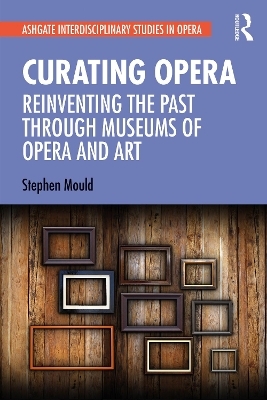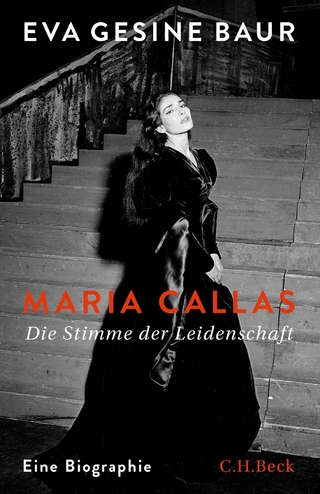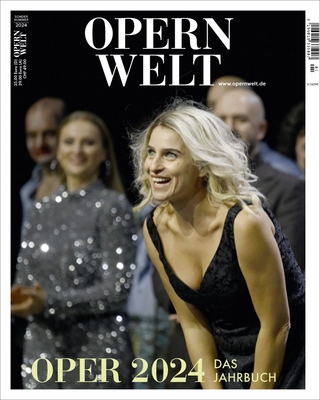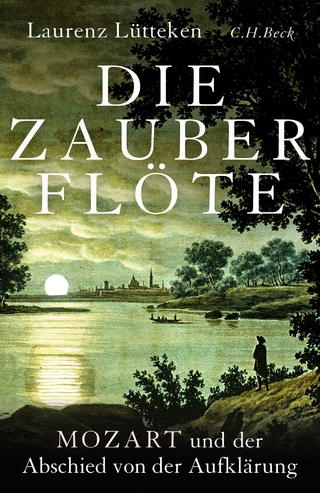
Curating Opera
Routledge (Verlag)
978-0-367-69809-6 (ISBN)
Curation as a concept and a catchword in modern parlance has, over recent decades, become deeply ingrained in modern culture. The purpose of this study is to explore the curatorial forces at work within the modern opera house and to examine the functionaries and processes that guide them. In turn, comparisons are made with the workings of the traditional art museum, where artworks are studied, preserved, restored, displayed and contextualised – processes which are also present in the opera house. Curatorial roles in each institution are identified and described, and the role of the celebrity art curator is compared with that of the modern stage director, who has acquired previously undreamt-of licence to interrogate operatic works, overlaying them with new concepts and levels of meaning in order to reinvent and redefine the operatic repertoire for contemporary needs. A point of coalescence between the opera house and the art museum is identified, with the transformation, towards the end of the nineteenth century, of the opera house into the operatic museum. Curatorial practices in the opera house are examined, and further communalities and synergies in the way that ‘works’ are defined in each institution are explored.
This study also considers the so-called ‘birth’ of opera around the start of the seventeenth century, with reference to the near-contemporary rise of the modern art museum, outlining operatic practice and performance history over the last 400 years in order to identify the curatorial practices that have historically been employed in the maintenance and development of the repertoire. This examination of the forces of curation within the modern opera house will highlight aspects of authenticity, authorial intent, preservation, restoration and historically informed performance practice.
Stephen Mould studied music in Sydney and London, subsequently pursuing a career in opera houses, where he has been employed as a coach, musical assistant, conductor and senior administrator in Germany, Belgium, Australia and the USA. For thirteen years he was a member of the staff of Opera Australia, as a musical assistant, conductor and Head of Music. He is currently senior lecturer in conducting and operatic studies at the Sydney Conservatorium of Music, The University of Sydney.
Part One
Chapter 1: 'Curationism'
Chapter 2: Towards the curation of opera
Chapter 3: The rise and fall of the public art museum
Part Two
Chapter 4: The invention of opera
Chapter 5: Operatic transformations
Chapter 6: From marketplace to museum
Chapter 7: Mozart’s operas during the long nineteenth century (1)
Chapter 8: Mozart’s operas during the long nineteenth century (2)
Chapter 9: Boom and bust in the nineteenth century
Part Three
Chapter 10: The sociology of the opera house – insiders
Chapter 11: The operatic work and the concept of Werktreue
Chapter 12: Rossini, Rembrandt and the Werktreue debate
Chapter 13: Dramaturgy and the dramaturge in the opera house
Chapter 14: The dramaturgy of murder and madness
Chapter 15: ‘Deeds of music made visible’
Chapter 16: Conclusion / Afterword
| Erscheinungsdatum | 17.08.2022 |
|---|---|
| Reihe/Serie | Ashgate Interdisciplinary Studies in Opera |
| Zusatzinfo | 6 Tables, black and white; 7 Halftones, black and white; 7 Illustrations, black and white |
| Verlagsort | London |
| Sprache | englisch |
| Maße | 156 x 234 mm |
| Gewicht | 740 g |
| Themenwelt | Kunst / Musik / Theater ► Musik ► Klassik / Oper / Musical |
| Reisen ► Reiseführer | |
| ISBN-10 | 0-367-69809-9 / 0367698099 |
| ISBN-13 | 978-0-367-69809-6 / 9780367698096 |
| Zustand | Neuware |
| Informationen gemäß Produktsicherheitsverordnung (GPSR) | |
| Haben Sie eine Frage zum Produkt? |
aus dem Bereich


